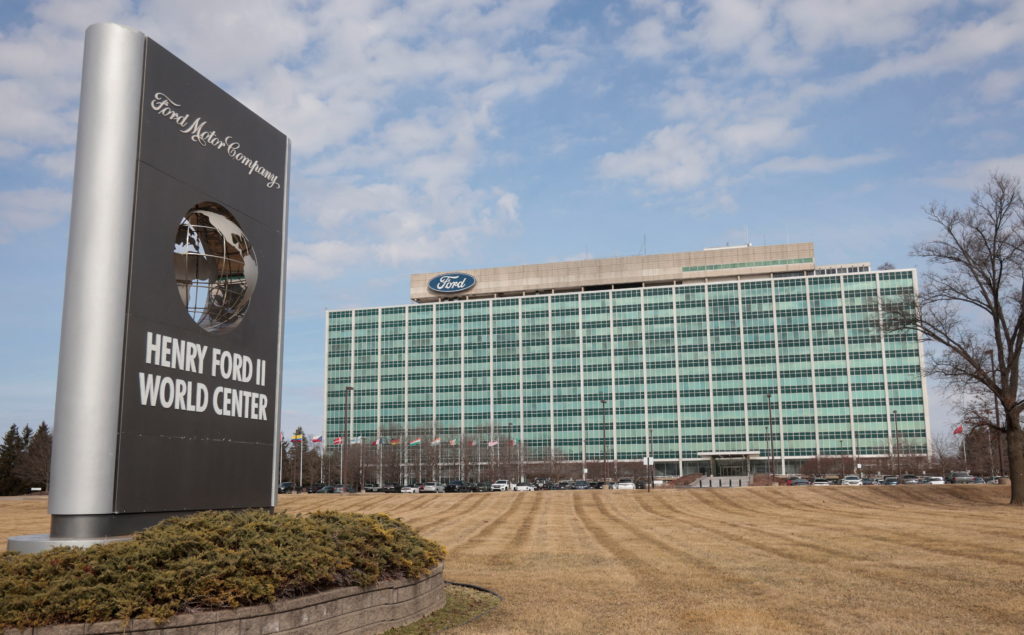| IN A NUTSHELL |
|
From the vantage of space, northern Idaho’s forested expanse reveals a striking checkerboard pattern, a testament to historical forest management practices. Captured by an astronaut aboard the International Space Station, this image has garnered widespread attention, emphasizing the intricate balance between human intervention and natural landscapes. Far from being an alien mystery or modern creation, these patterns are the legacy of 19th-century forestry strategies, designed to harmonize timber harvesting with forest regeneration. The stark contrast between dark and light squares is most pronounced under snow, when the differing shades of vegetation become vividly apparent. This visual phenomenon invites a deeper exploration of the historical and ecological narratives embedded within this unique landscape.
Legacy of a 19th-Century Forest Policy
The origins of the checkerboard pattern in Idaho’s forests can be traced back to the 1800s, a time when forest management was becoming increasingly systematic. Foresters devised a grid system, dividing the land into squares each measuring about 130,000 square meters, equivalent to roughly 24 football fields. This method allowed for selective timber harvesting in alternating squares, while others were left untouched to promote ecological balance and regeneration. This systematic approach not only ensured a sustainable timber supply but also maintained the ecological integrity of the forest. As a sustainable forestry practice, it was an innovative solution for its time, fostering both environmental health and economic growth.
According to NASA’s Earth Observatory, this alternating pattern of cutting and regrowth created the distinctive visual effect observable from space. The cleared areas were replanted and left to grow, and once the saplings matured, logging would commence in the previously untouched squares. This cyclical process resulted in the alternating dark and light patches that continue to define the landscape. The checkerboard pattern serves as a visual reminder of the long-term impact of human land management strategies.
A 2017 astronaut photo shows an unusual checkered pattern surrounding a river, just south of the Canadian border. The unique sight is the result of a forest management initiative dating to the 1800s.
Snow Reveals the Checkerboard From Space
The stark contrast visible in the space photo owes much to the seasonal snow cover. In the image, freshly fallen snow blankets the younger saplings in the cleared sections, creating bright white squares. The mature, densely forested squares remain dark, absorbing more sunlight and appearing shadowed. This dramatic visual effect is accentuated by the low angle of the sun just before sunset, which casts long shadows and highlights the surrounding topography.
The checkerboard spans approximately five miles across at its widest point and contains an estimated 185 squares. This clear spatial layout is a rare example of human land use visible from space, distinct from natural geological formations. The checkerboard’s visibility underscores the profound impact of historical forestry practices on the landscape. Such clear delineation from space offers a unique perspective on how human activity shapes the natural world.
Transformation of Logging Practices Along the Priest River
The Priest River has played a pivotal role in the region’s timber industry for over a century. In the early 20th century, the river was utilized for log driving, where workers navigated rafts of timber downstream to sawmills. This labor-intensive and risky practice was phased out in the 1990s, as recreational use of the river became a priority. Today, timber is primarily transported by road, with logging roads cutting through the checkerboard, visible even from space.
These roads, remnants of a bygone industrial era, intersect the checkerboard pattern, adding another layer to the historical narrative captured in the astronaut’s photo. The transition from river-based transport to roadways reflects broader changes in logging practices and priorities, marking an evolution in how the region interacts with its natural resources. This evolution continues to shape the landscape, as the checkerboard stands as a testament to the region’s forestry legacy.
Continued Impact of Historical Forestry Strategies
The checkerboard pattern in Idaho’s forests is more than a striking visual phenomenon; it represents the enduring legacy of historical forestry strategies. These practices, initiated nearly two centuries ago, continue to influence the region’s ecological and economic landscape. The systematic grid approach not only balanced timber production with ecological regeneration but also left an indelible mark on the land, visible from space.
As modern forestry practices evolve, the checkerboard serves as a reminder of the complex interplay between human activity and natural ecosystems. It prompts questions about the sustainability of current practices and the future of forest management. How might contemporary strategies adapt to balance economic needs with ecological preservation in a changing climate?
This article is based on verified sources and supported by editorial technologies.
Did you like it? 4.5/5 (28)
Source link


